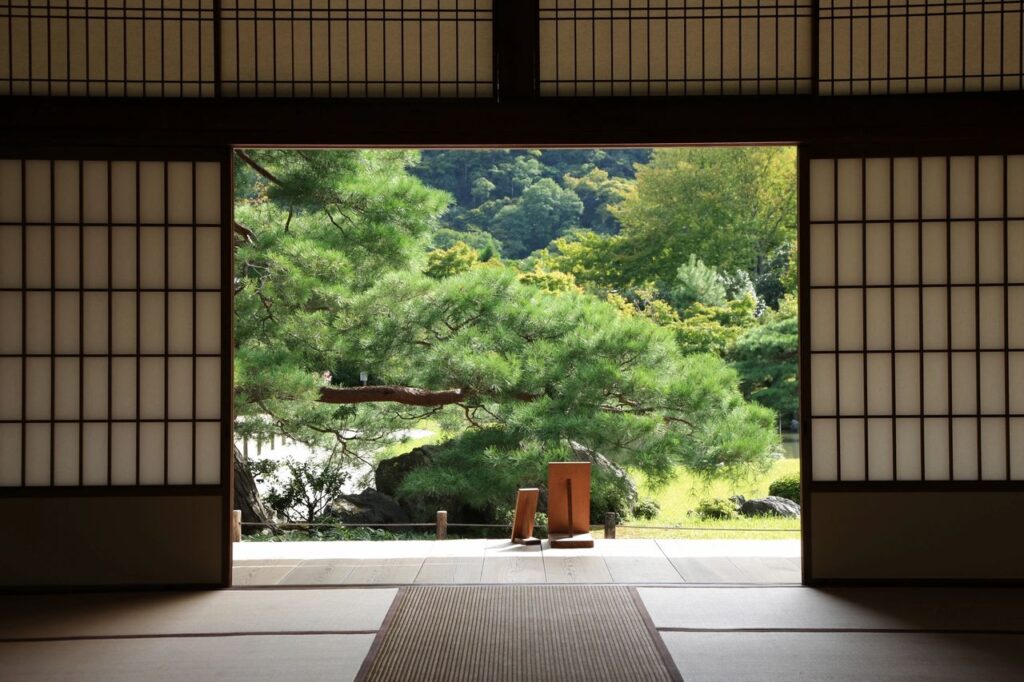Build Your Competitive Edge in 2024
“In the lineup of climate villains, architecture towers above many” – New York Times
In a world where buildings consume nearly 40% of global energy and produce approximately one-third of greenhouse gas emissions, it’s clear that architects hold the key to unlocking a more sustainable future. This is according to the Economic Forum “Future of Growth Report 2024”.
As the boundaries of design continue to evolve, staying abreast of the latest sustainable practices and green building innovations is paramount; especially for the business of architecture. From innovative materials to cutting-edge technologies, this post highlights some of the key trends transforming sustainable architecture and green building design in 2024. Thus providing valuable insights for architects seeking to create a more resilient and eco-conscious future as well as refine their brand business model.
1. The Rise of Regenerative Design – Beyond Sustainability
While sustainable design aims to reduce harm, regenerative design takes a proactive approach, seeking to restore and replenish natural systems. This holistic philosophy considers the entire lifecycle of a building, from material sourcing to end-of-life management, ensuring a positive impact on the environment. By offering regenerative design services, your firm can differentiate itself and appeal to clients seeking truly transformative solutions.
2. Carbon-Neutral Construction
With climate change a pressing global concern, the construction industry faces increasing pressure to reduce its carbon footprint. Carbon-neutral construction encompasses strategies to minimize embodied carbon emissions throughout a building’s lifecycle, from material extraction and manufacturing to construction and operation. Demonstrate your firm’s commitment to climate action by implementing carbon-tracking tools and offering low-carbon design solutions.
3. Biophilic Urbanism – Bringing Nature to Cities
Harmonizing Cities with Nature Biophilic design, which seeks to connect occupants with nature, has expanded its scope to encompass urban planning and development. Clients are increasingly seeking integrated green infrastructure, urban agriculture, and public green spaces to create healthier, more resilient, and sustainable cities. By incorporating biophilic principles into your urban design projects, your firm can contribute to the creation of thriving, nature-rich communities.

4. Adaptive Reuse and Retrofitting
The preservation and repurposing of existing buildings offer significant environmental and economic benefits compared to new construction. Adaptive reuse and retrofitting projects not only reduce waste but also preserve cultural heritage and embodied carbon. Position your firm as a leader in this area by developing expertise in historic preservation, energy-efficient retrofits, and sustainable material selection.
5. Advanced Building Envelope Technologies
Cutting-edge technologies for building envelopes, such as dynamic glazing, advanced insulation materials, and responsive facades, offer unprecedented opportunities for energy optimization and occupant comfort. Stay ahead of the curve by investing in training and software tools that enable your team to design highly energy-efficient and high-performance building envelopes.
6. Artificial Intelligence and Machine Learning
Streamlining Design Processes AI and machine learning are revolutionizing the architecture industry, enabling firms to optimize sustainable design strategies, predict energy use, and enhance decision-making. Embrace these technologies to streamline your design processes, reduce errors, and deliver more sustainable and resilient buildings while increasing efficiency and profitability.
7. Equitable and Inclusive Design
Socially sustainable design is no longer a niche; it is a fundamental aspect of responsible architecture. Clients expect buildings that prioritize inclusivity, accessibility, and social equity, fostering community engagement and catering to diverse needs. By integrating these principles into your design approach, your firm can contribute to a more inclusive and equitable built environment while attracting socially conscious clients.
Ponder the trend; Responsible Architecture
Sustainable architecture and green building design are rapidly evolving in response to environmental, technological, and societal changes. By staying informed about these leading trends, architects can play a vital role in shaping a more sustainable, resilient, and equitable future for all.
Further Reading
14 PATTERNS OF BIOPHILIC DESIGN – TERRAPIN
The Future of Growth Report 2024 – World Economic Forum
A Growth Spurt in Green Architecture – The New York Times
Architectural Design Trends 2024: Innovations in Sustainabilit – FORMAT
aking the Case for Plastic Free Architecture – Innovative Solutions for the Present (and Future) – archdaily
